- Home
- Google Sheets
Google Sheets
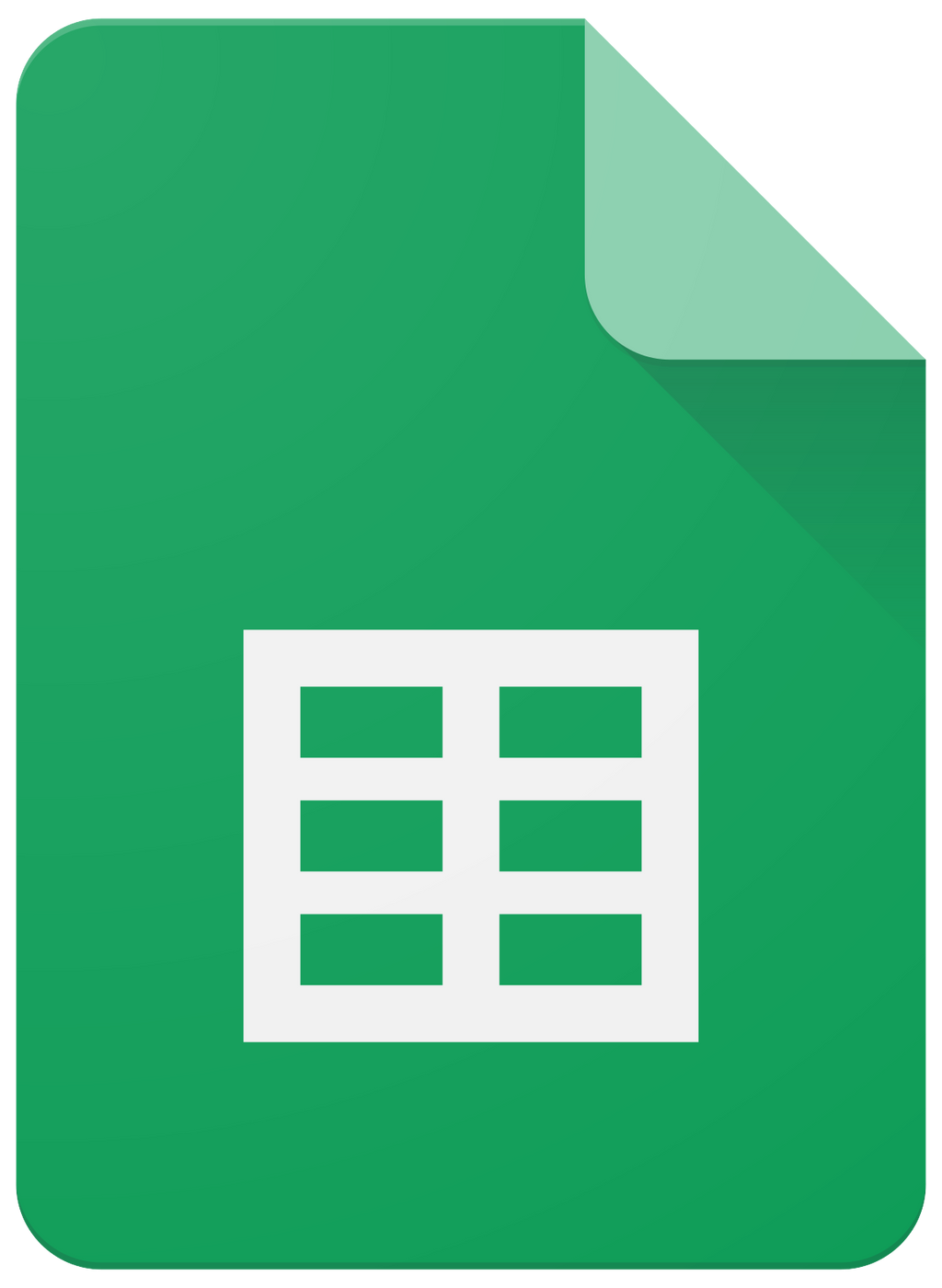
Google Sheets Watch New Rows Integration
$0.00
Applications of the Google Sheets API "Watch New Rows" Endpoint The Google Sheets API "Watch New Rows" endpoint is a powerful tool that allows developers to receive notifications when new rows are added to a spreadsheet. This functionality can be tremendously useful in automating workflows, integrating with other systems, and providing real-tim...
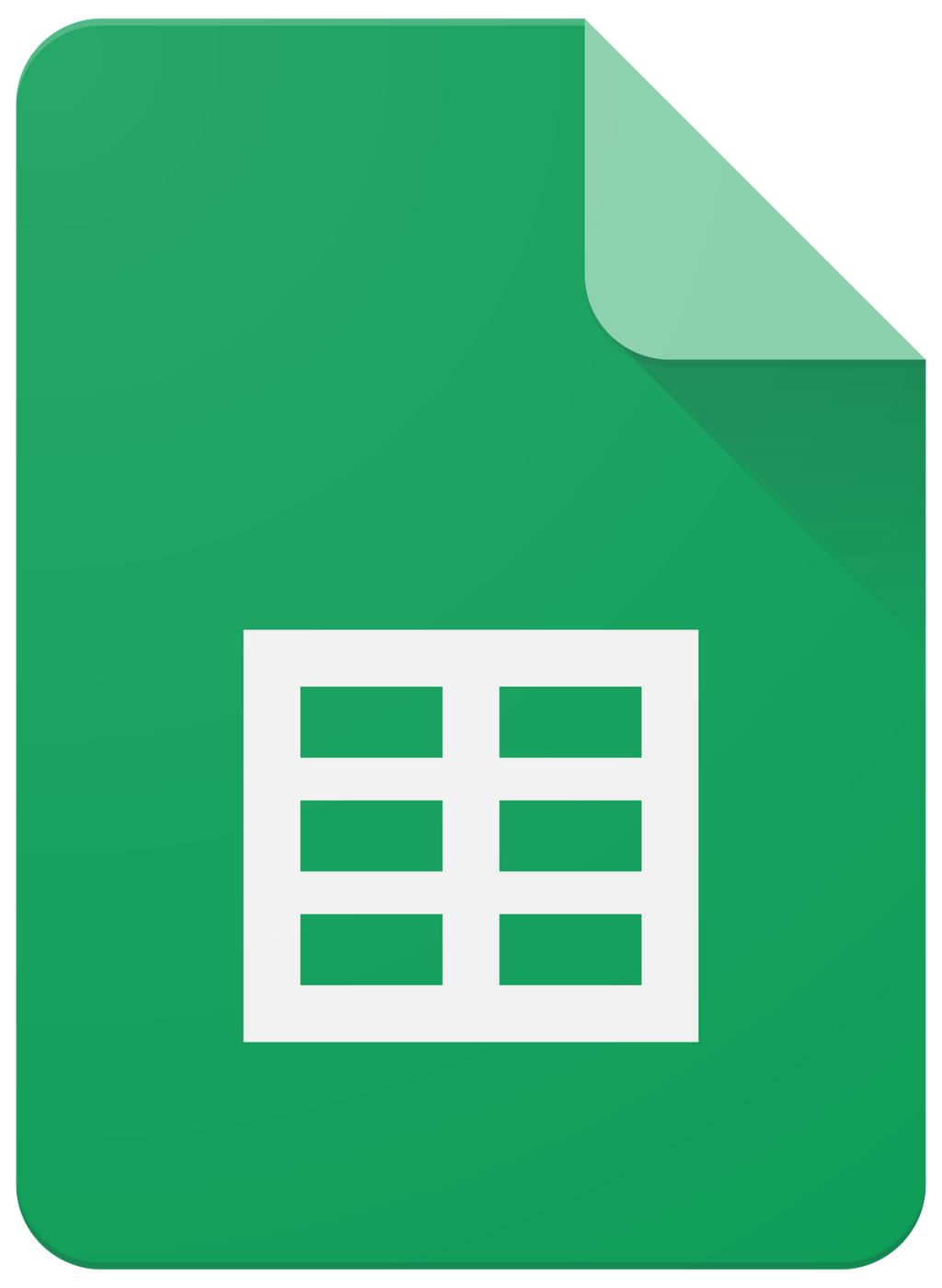
Google Sheets Watch Changes Integration
$0.00
Google Sheets API: Watch Changes Endpoint The Google Sheets API provides a powerful way to interact programmatically with Google Sheets, offering various endpoints to perform a wide range of tasks. One of the endpoints is the "Watch Changes" feature, which allows developers to track changes made to a spreadsheet. This feature can be especially ...
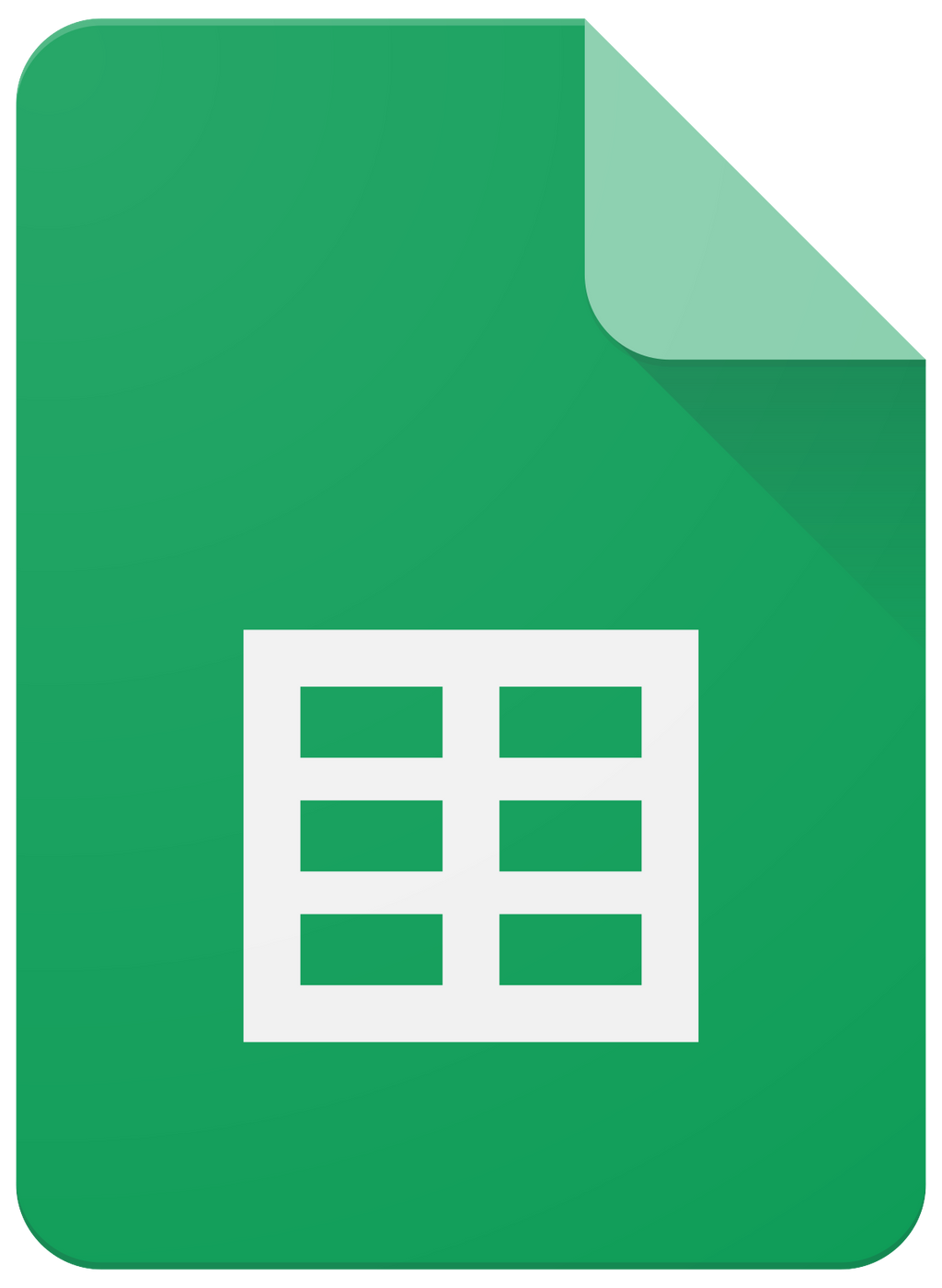
Google Sheets Update a Row Integration
$0.00
Uses and Applications of the Google Sheets API: Updating a Row Uses and Applications of the Google Sheets API: Updating a Row The Google Sheets API provides a powerful toolset for interacting with Google Sheets, giving developers the ability to read, write, and update spreadsheets programmatically. The "Update a Row" endpoint is a spe...
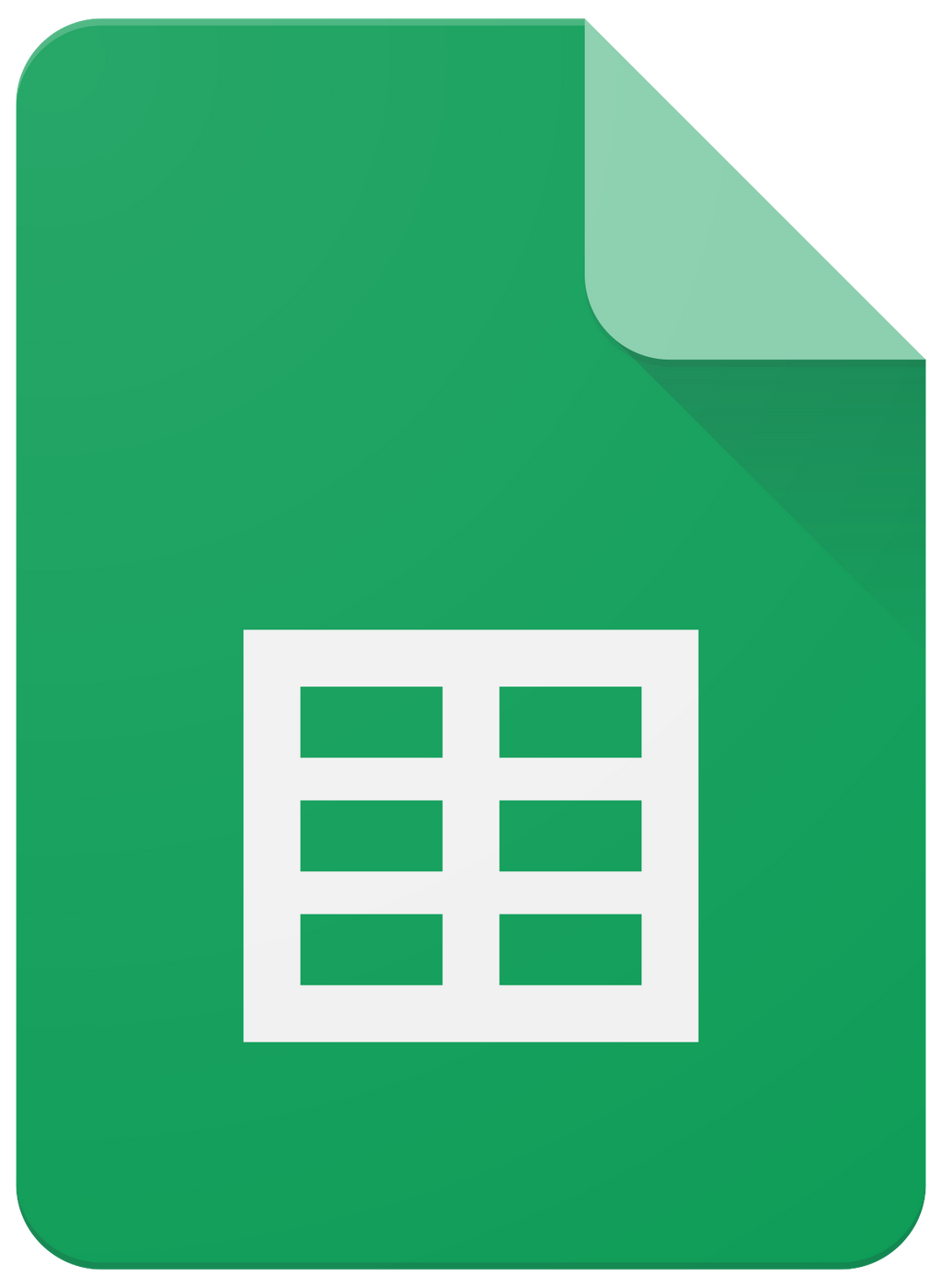
Google Sheets Update a Cell Integration
$0.00
Google Sheets API: Update a Cell Endpoint The Google Sheets API provides a wealth of capabilities for integrating spreadsheet data with web or mobile applications. One of the most versatile and commonly used endpoints of the API is the Update a Cell endpoint. This functionality empowers developers to programatically make changes to a single cel...
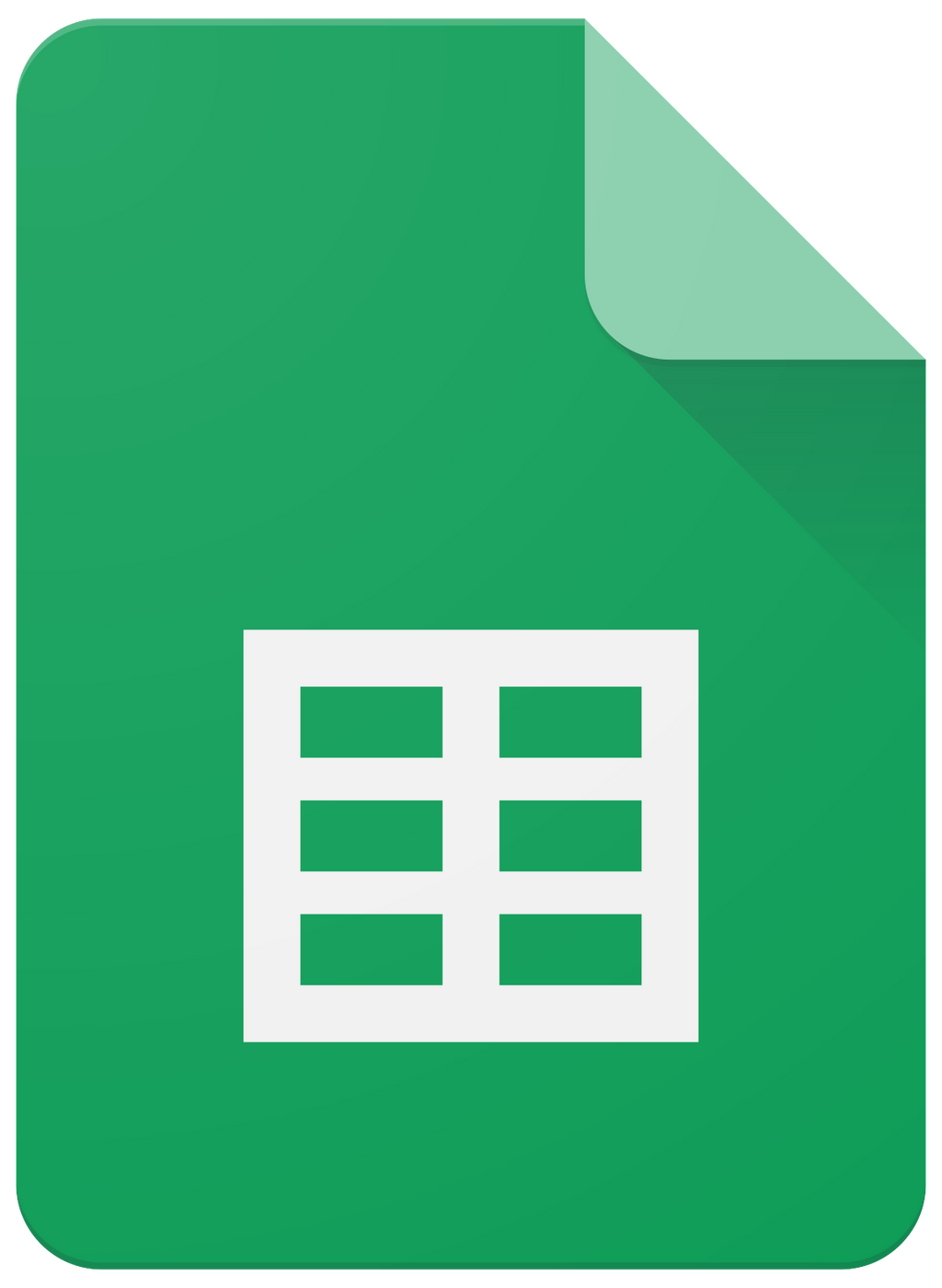
Google Sheets Search Rows (Advanced) Integration
$0.00
Exploring the Google Sheets API: Utilizing Search Rows (Advanced) Endpoint Google Sheets is a versatile tool used by individuals and businesses worldwide for a range of tasks from data analysis to inventory management. One powerful feature of Google Sheets is the ability to integrate with its API, allowing developers to interact programmaticall...
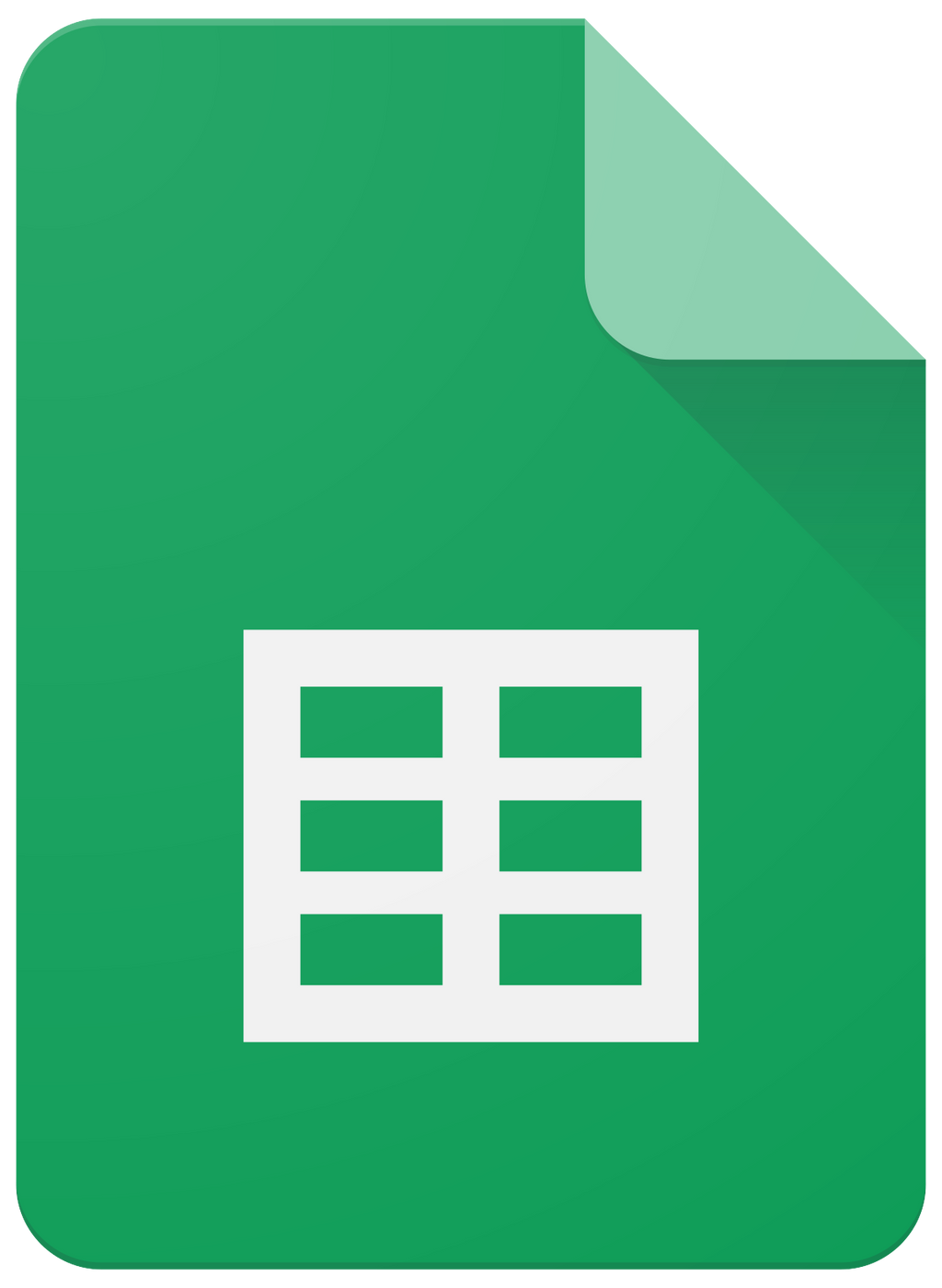
Google Sheets Search Rows Integration
$0.00
Functionality of the Google Sheets API: Search Rows Endpoint The Google Sheets API provides a wide range of functionalities to interact with Google Sheets, including the Search Rows endpoint. This endpoint primarily allows developers to programmatically search for specific content within rows of a Google Sheet. By utilizing this feature, users ...
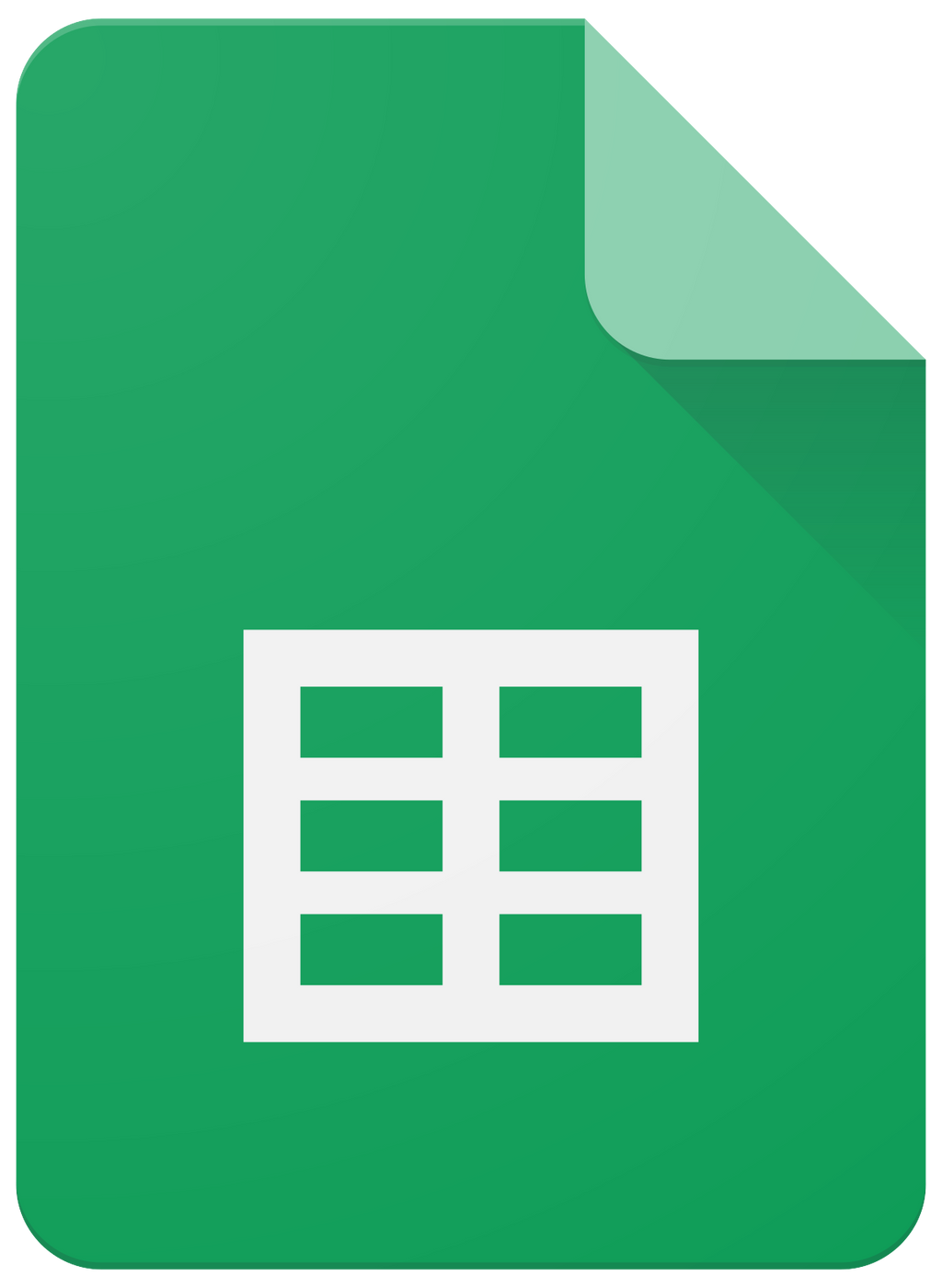
Google Sheets Rename a Sheet Integration
$0.00
The Google Sheets API offers various functionalities to interact with Google Sheets, allowing for automation and integration with other applications. One of the capabilities provided by this API is the ability to rename a sheet within a Google Sheets document. This particular endpoint is significant as it facilitates the process of organizing an...
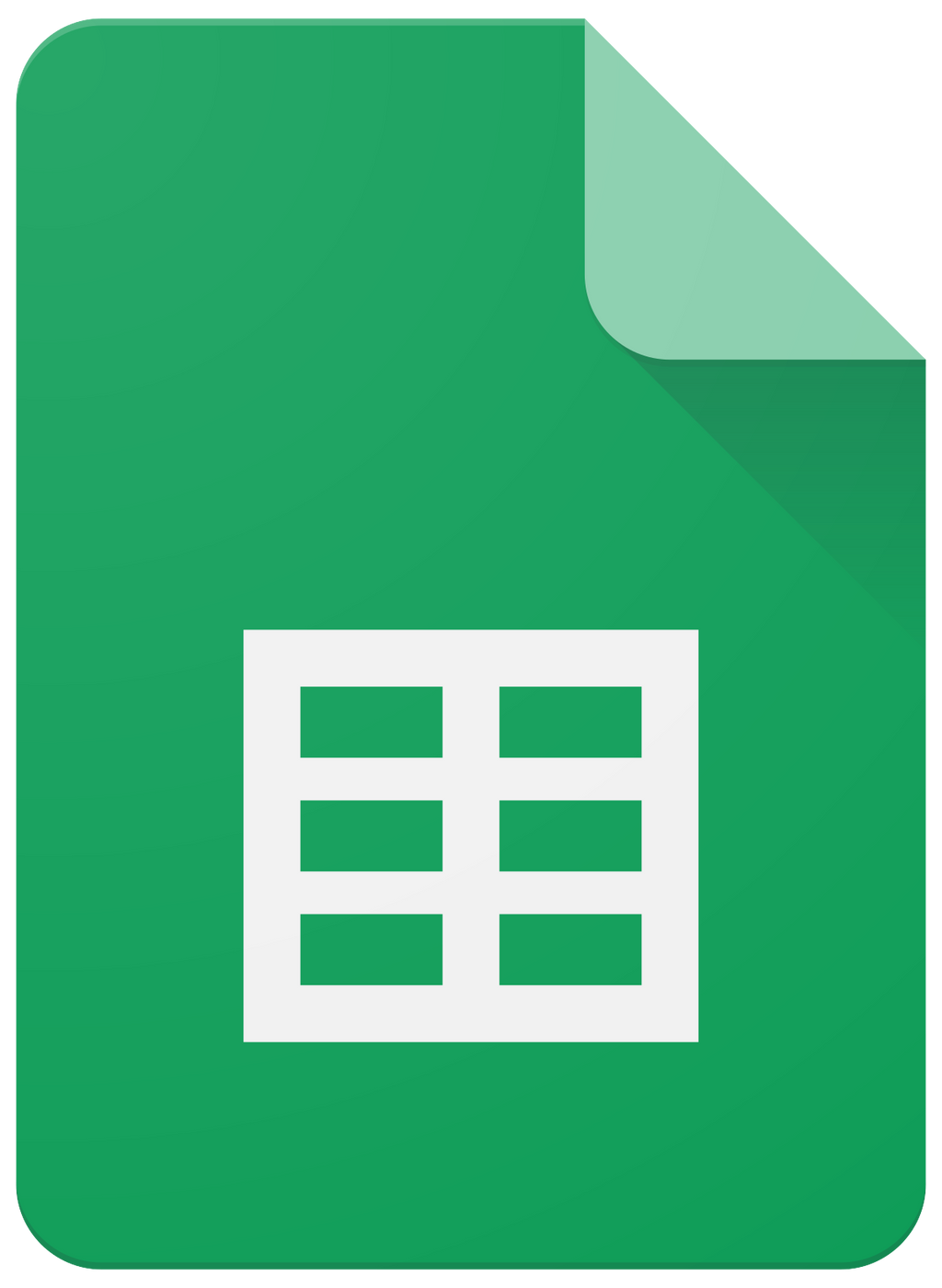
Google Sheets Perform a Function - Responder Integration
$0.00
Understanding the Google Sheets API Perform a Function - Responder Endpoint Google Sheets is a powerful tool used for a variety of tasks from data analysis to project collaboration. The Google Sheets API provides developers with endpoints for creating, reading, updating, and deleting spreadsheet content programmatically. One such endpoint withi...
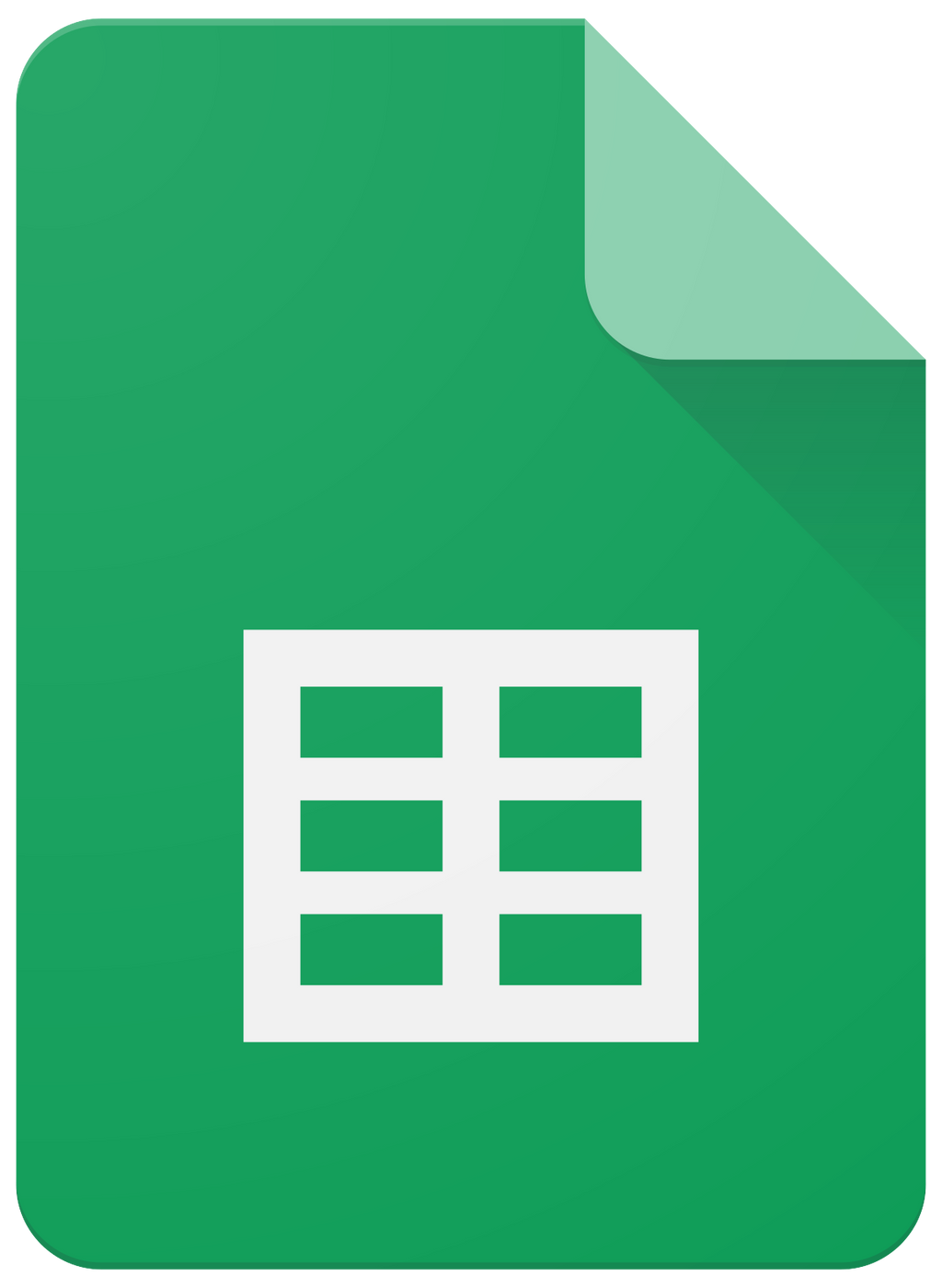
Google Sheets Make an API Call Integration
$0.00
The Google Sheets API endpoint "Make an API Call" is a powerful feature that allows developers to interact programmatically with Google Sheets. With this endpoint, developers can automate a wide variety of tasks, manipulate data, and integrate Google Sheets with other applications and systems. This API endpoint can be accessed via standard HTTP ...
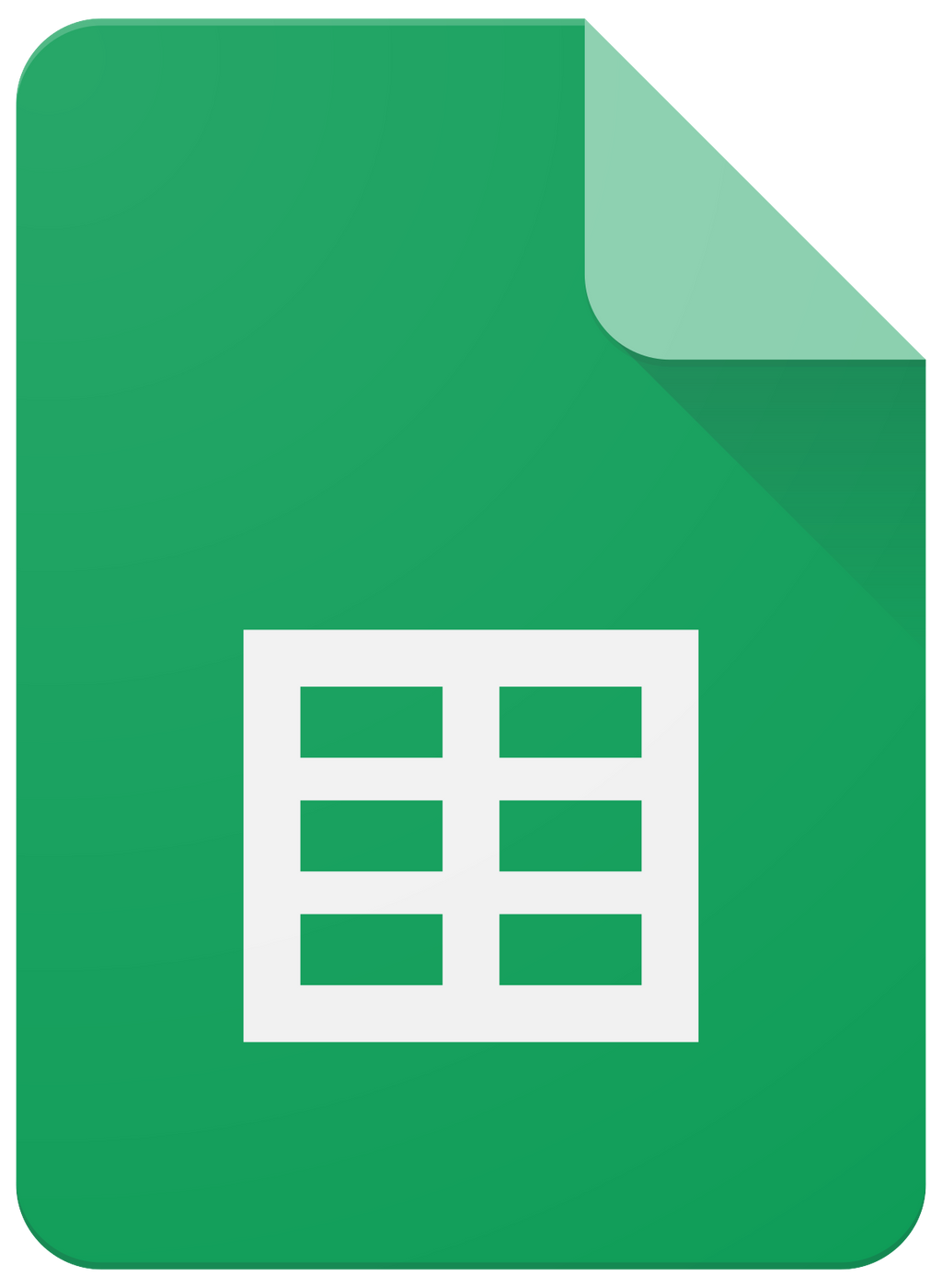
Google Sheets List Sheets Integration
$0.00
Google Sheets API provides a powerful way to integrate your applications with spreadsheet data on Google Drive. Using the List Sheets endpoint of the API, developers can access a list of all sheets (similar to tabs in a spreadsheet) within a specific Google Sheets document. This feature can be incredibly useful for several purposes, solving vari...
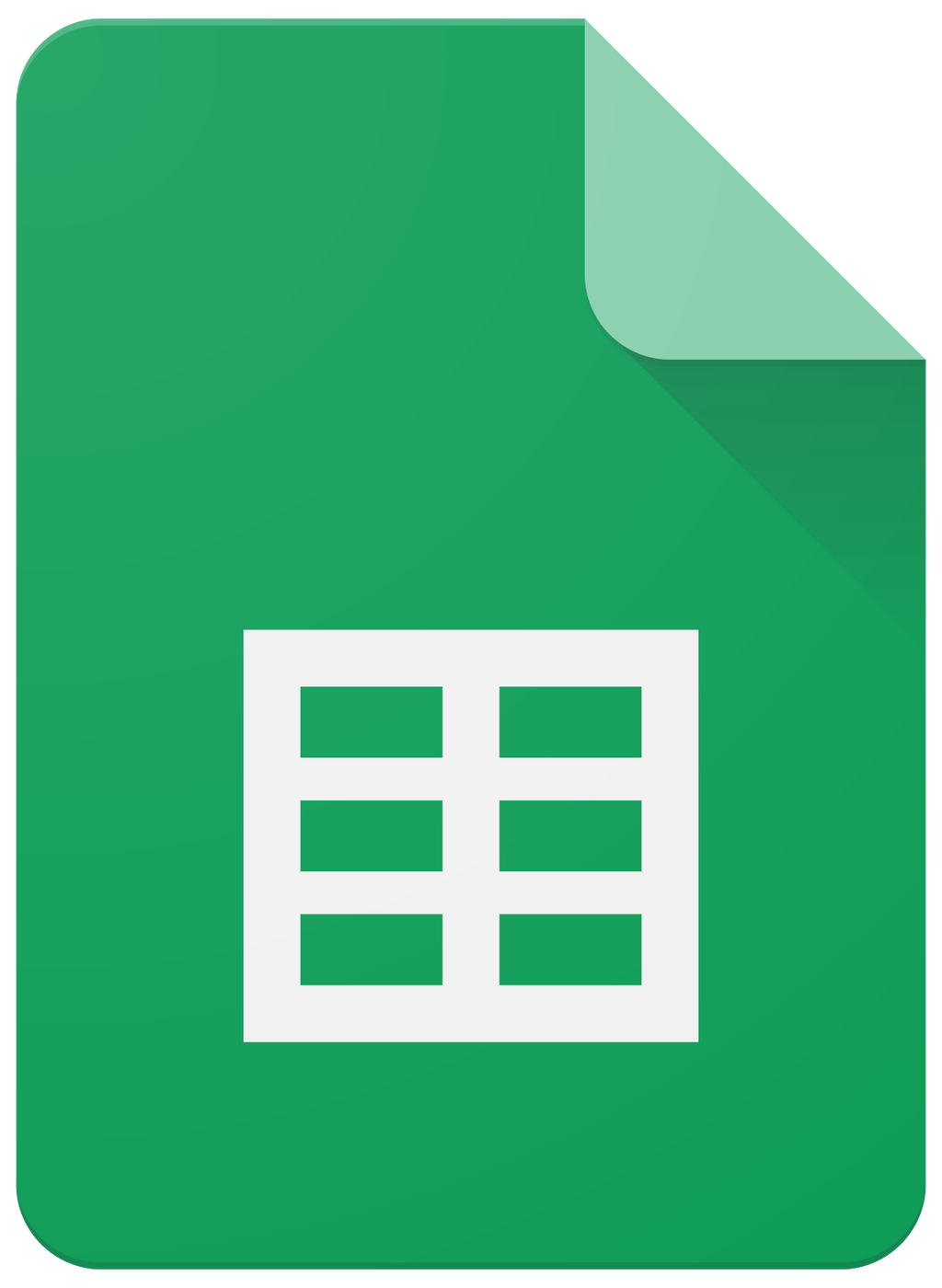
Google Sheets Get Range Values Integration
$0.00
Google Sheets API - Get Range Values Exploring the Get Range Values Endpoint of the Google Sheets API The Google Sheets API provides a powerful way to interact with Google Sheets programmatically, enabling developers to create, read, update, and delete data within spreadsheets. One crucial endpoint in this API is the "Get Range ...
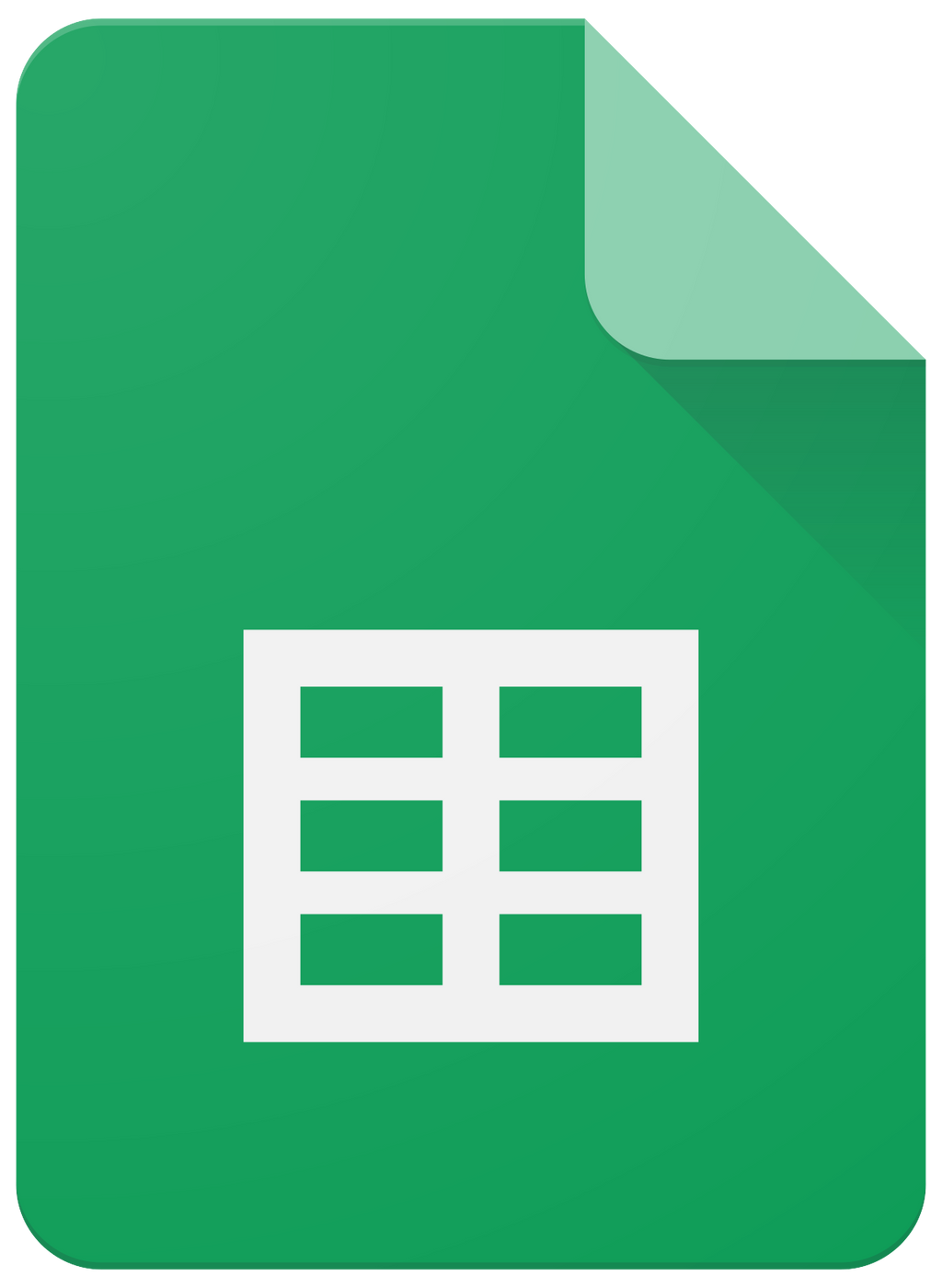
Google Sheets Get a Cell Integration
$0.00
```html Utilizing Google Sheets API: Get a Cell Unlocking the Potential of Google Sheets API: Get a Cell The Google Sheets API provides programmatic access to Google Sheets, allowing developers to read and write data within a spreadsheet. A particularly powerful endpoint within this API is 'Get a Cell,' a function designed to retri...
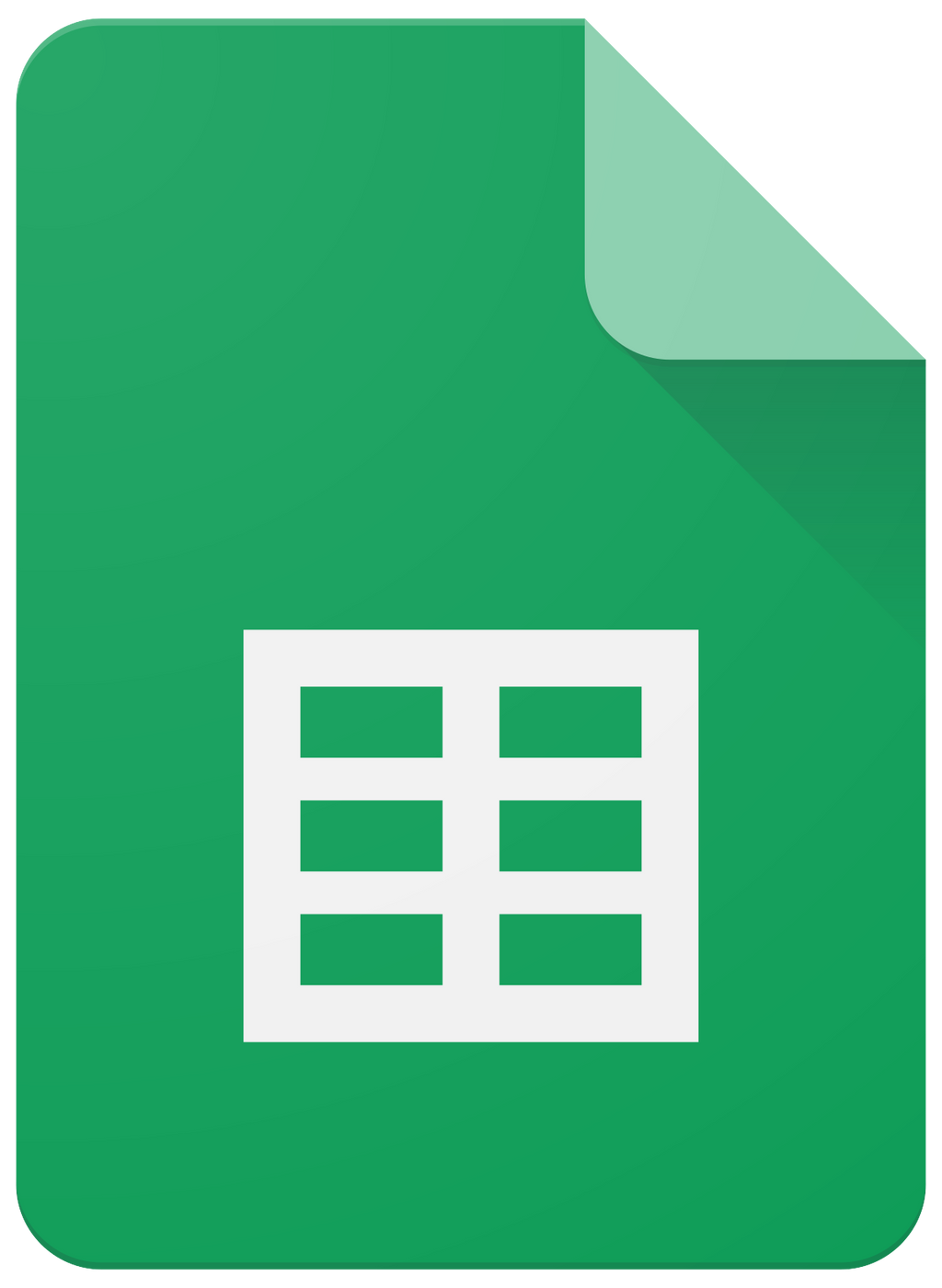
Google Sheets Delete a Sheet Integration
$0.00
Overview of Google Sheets API Delete a Sheet Endpoint The Google Sheets API provides developers with various endpoints to interact with Google Sheets, allowing for the creation, modification, and management of spreadsheet data programmatically. One such endpoint is the Delete a Sheet endpoint. This capability is essential for developers who ne...
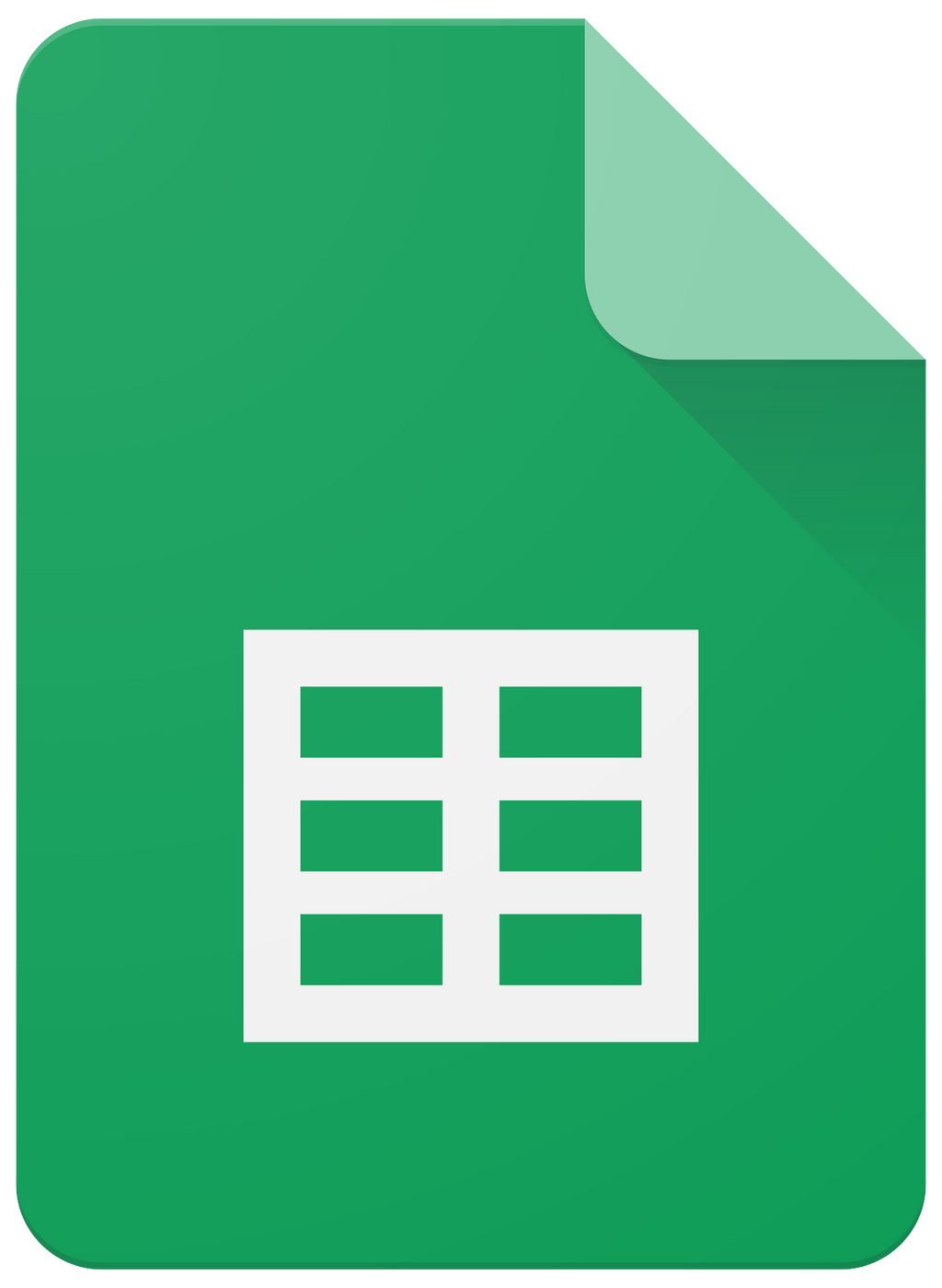
Google Sheets Delete a Row Integration
$0.00
Google Sheets API Delete a Row Functionality Google Sheets is a widely used web-based application allowing users to create, update, and share spreadsheets. However, with the integration of the Google Sheets API, developers can programmatically interact with Google Sheets, going far beyond what's possible through the web interface alone. One suc...
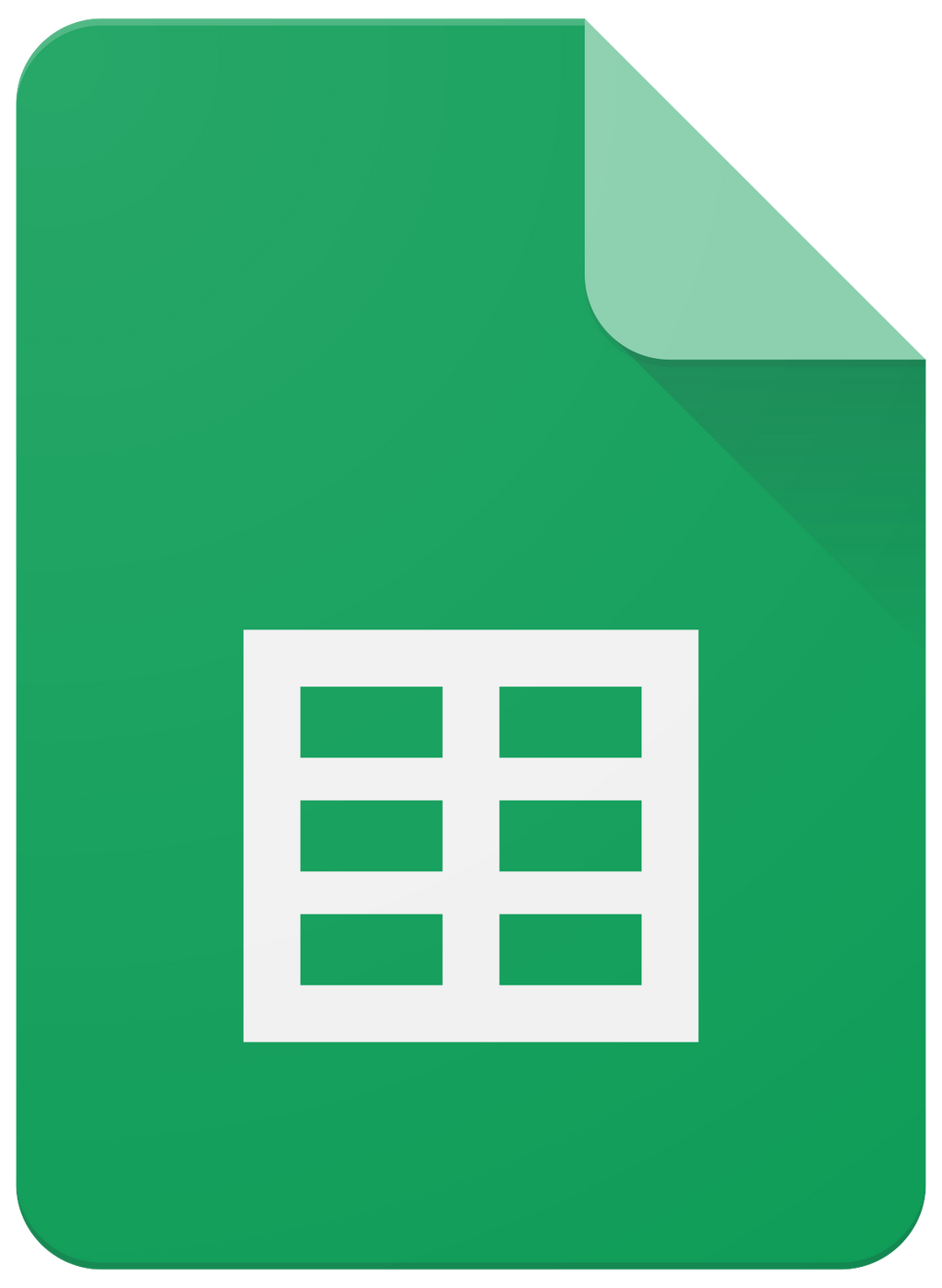
Google Sheets Delete a Conditional Format Rule Integration
$0.00
Google Sheets API Delete a Conditional Format Rule The Google Sheets API provides a wide array of functionalities for interacting with Google Sheets. Among these is the ability to manipulate conditional formatting rules. Conditional formatting adds visual cues to your data, helping you to quickly understand trends and anomalies. However, as you...
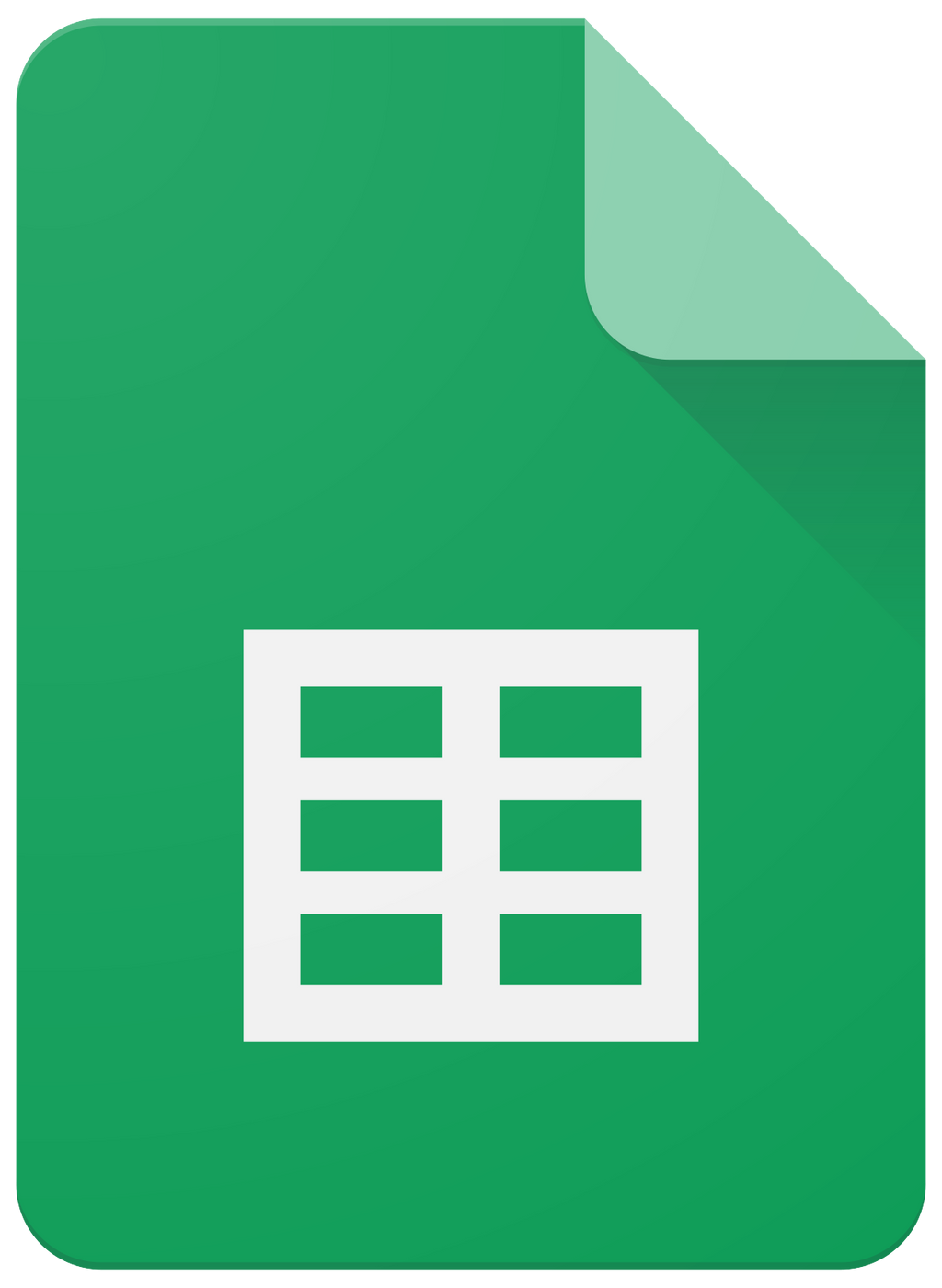
Google Sheets Create a Spreadsheet from a Template Integration
$0.00
Google Sheets API: Creating a Spreadsheet from a Template The Google Sheets API provides a range of functionalities for automation, integration, and manipulation of spreadsheet data. One such feature is the ability to create a new spreadsheet from a template. This functionality can help solve a number of problems related to data management, sta...
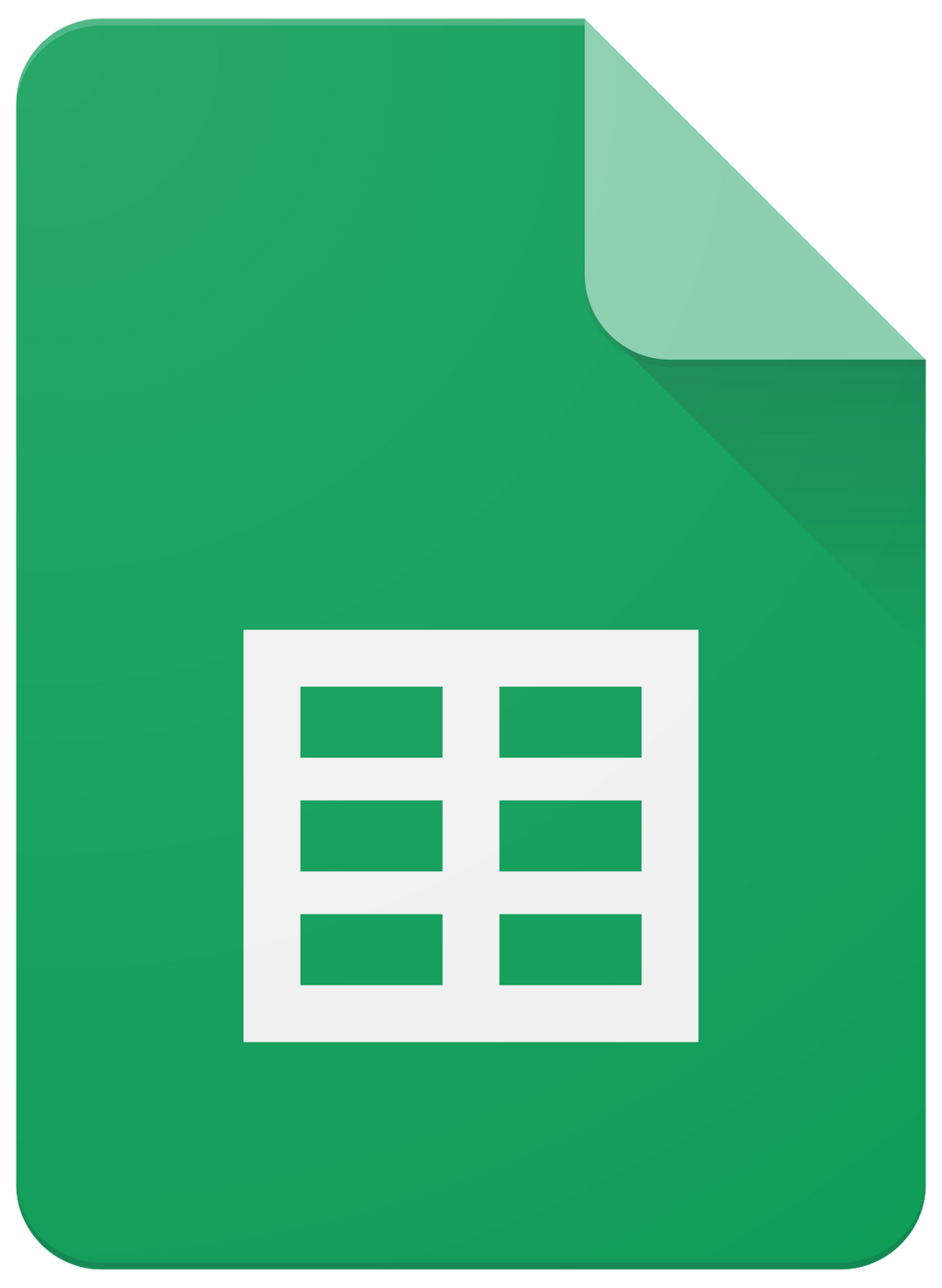
Google Sheets Create a Spreadsheet Integration
$0.00
Create a Spreadsheet with Google Sheets API The Google Sheets API provides an endpoint to create new spreadsheets in a user's Google Drive. This endpoint can be utilized by developers to programmatically generate new spreadsheets with custom settings, which can serve a variety of purposes across different use cases and industries. Below are som...
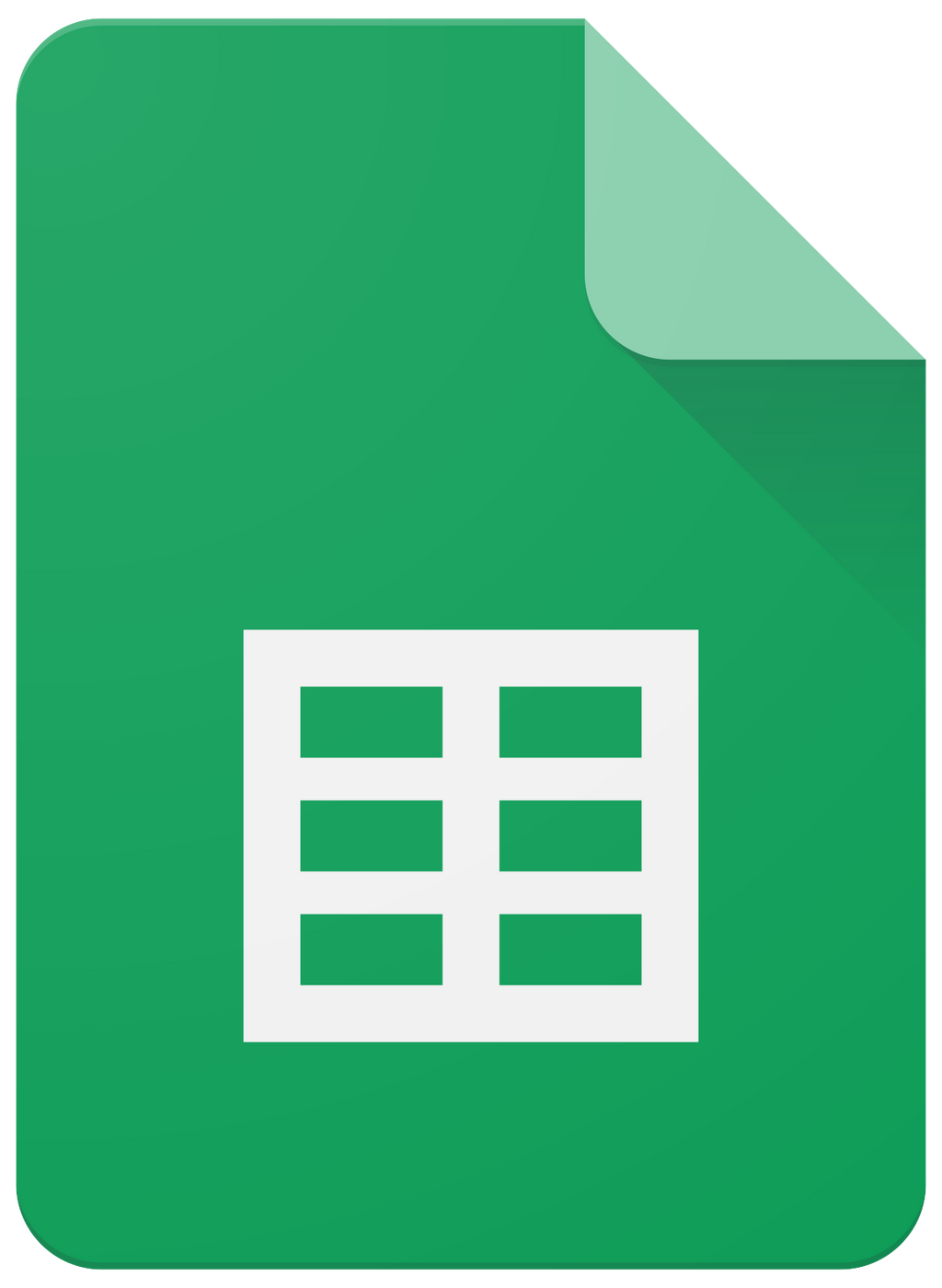
Google Sheets Copy a Sheet Integration
$0.00
Using the Google Sheets API "Copy a Sheet" Endpoint The Google Sheets API provides developers with a plethora of options to interact and manipulate spreadsheets. Among these is the “Copy a Sheet” endpoint, which offers the ability to duplicate a single sheet within a spreadsheet or to a new spreadsheet entirely. This operation can solve various...
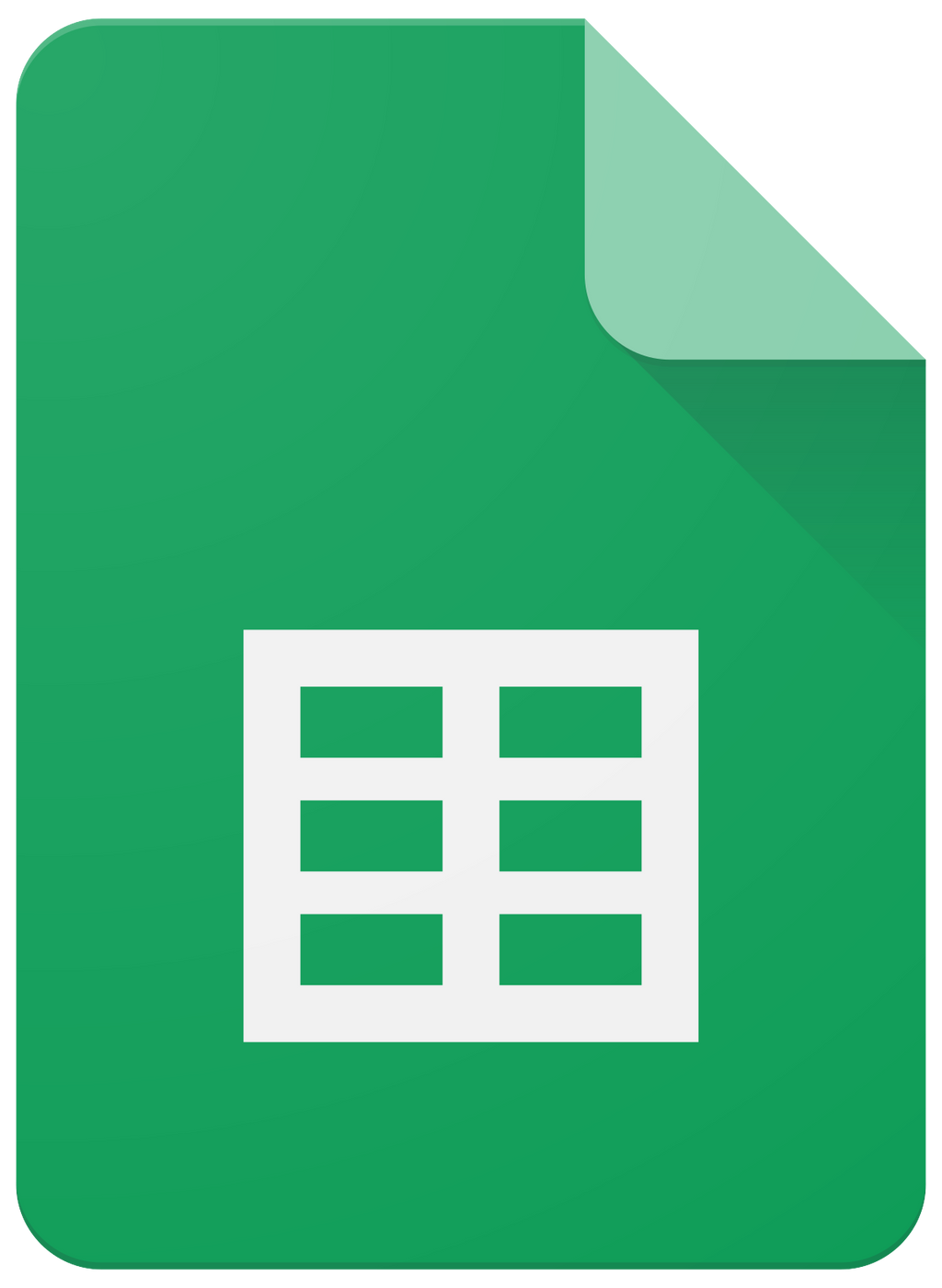
Google Sheets Clear Values from a Range Integration
$0.00
The Google Sheets API provides various endpoints to interact with Google Sheets, allowing developers to integrate spreadsheet capabilities into their applications. One of the useful endpoints available in the API is the "spreadsheets.values.clear" method, sometimes referred to as the "Clear Values from a Range" endpoint. This particular method i...
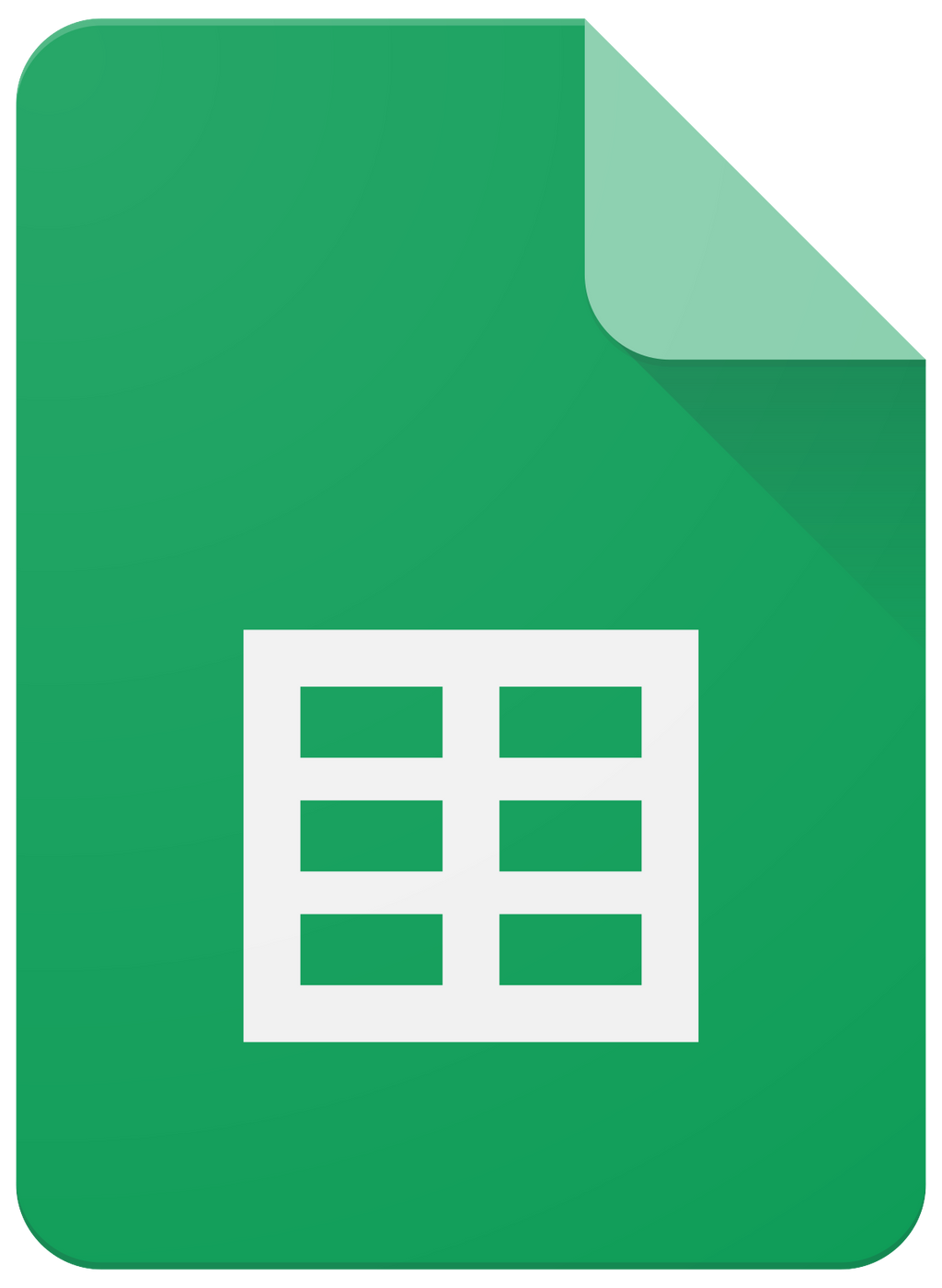
Google Sheets Clear a Row Integration
$0.00
Uses and Problem-Solving with the Google Sheets API Clear a Row Endpoint Google Sheets is a widely used online spreadsheet application that has become an integral part of many business operations, project management tasks, and data analysis activities. The Google Sheets API provides a way for developers to programmatically interact with Google S...
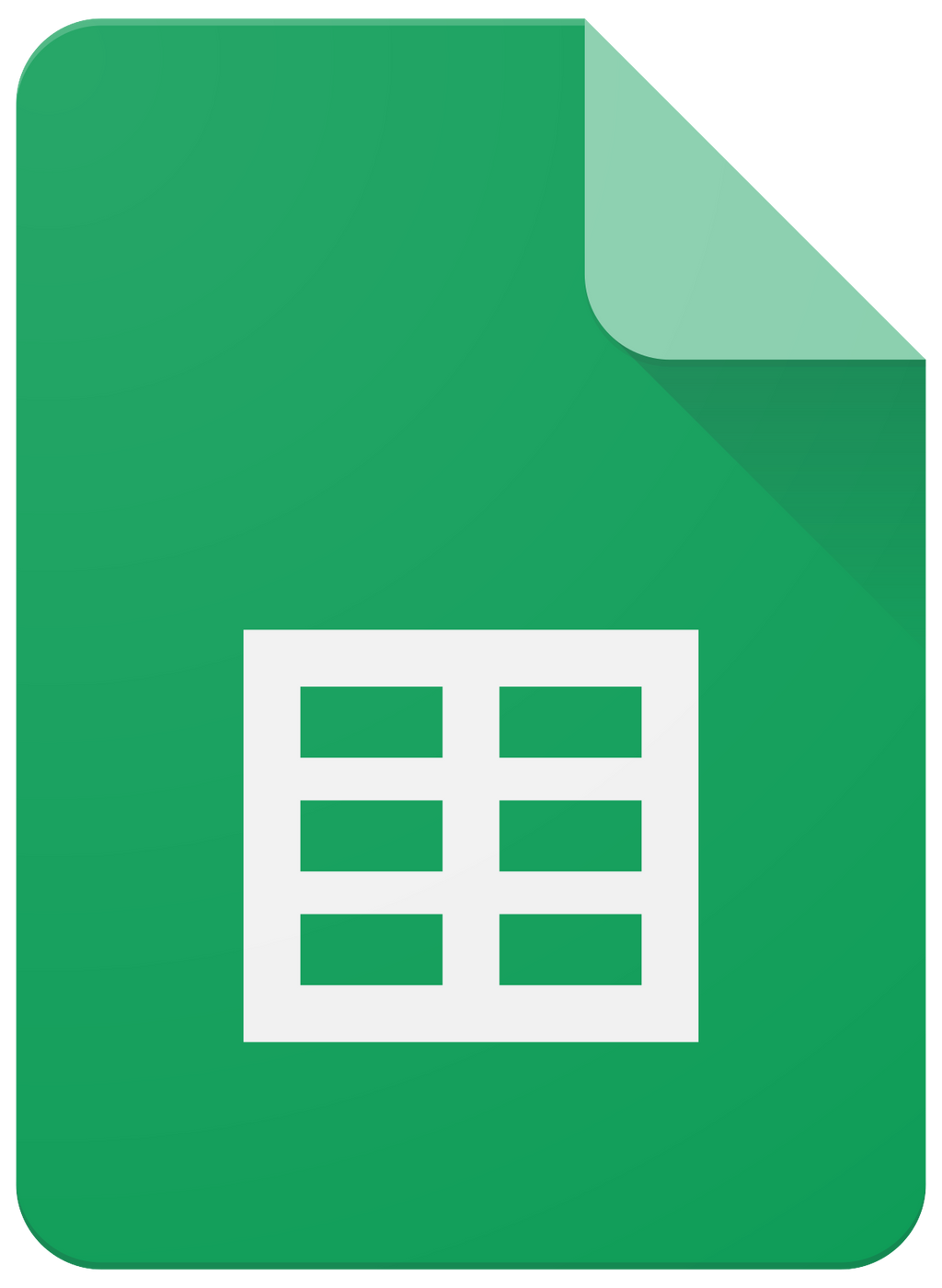
Google Sheets Clear a Cell Integration
$0.00
Understanding the Google Sheets API "Clear a Cell" Endpoint The Google Sheets API provides a variety of endpoints that enable developers to programmatically interact with Google Sheets. One such endpoint is the "Clear a Cell" operation. This feature offers the ability to clear the content of a specified cell or range of cells in a Google Sheet....
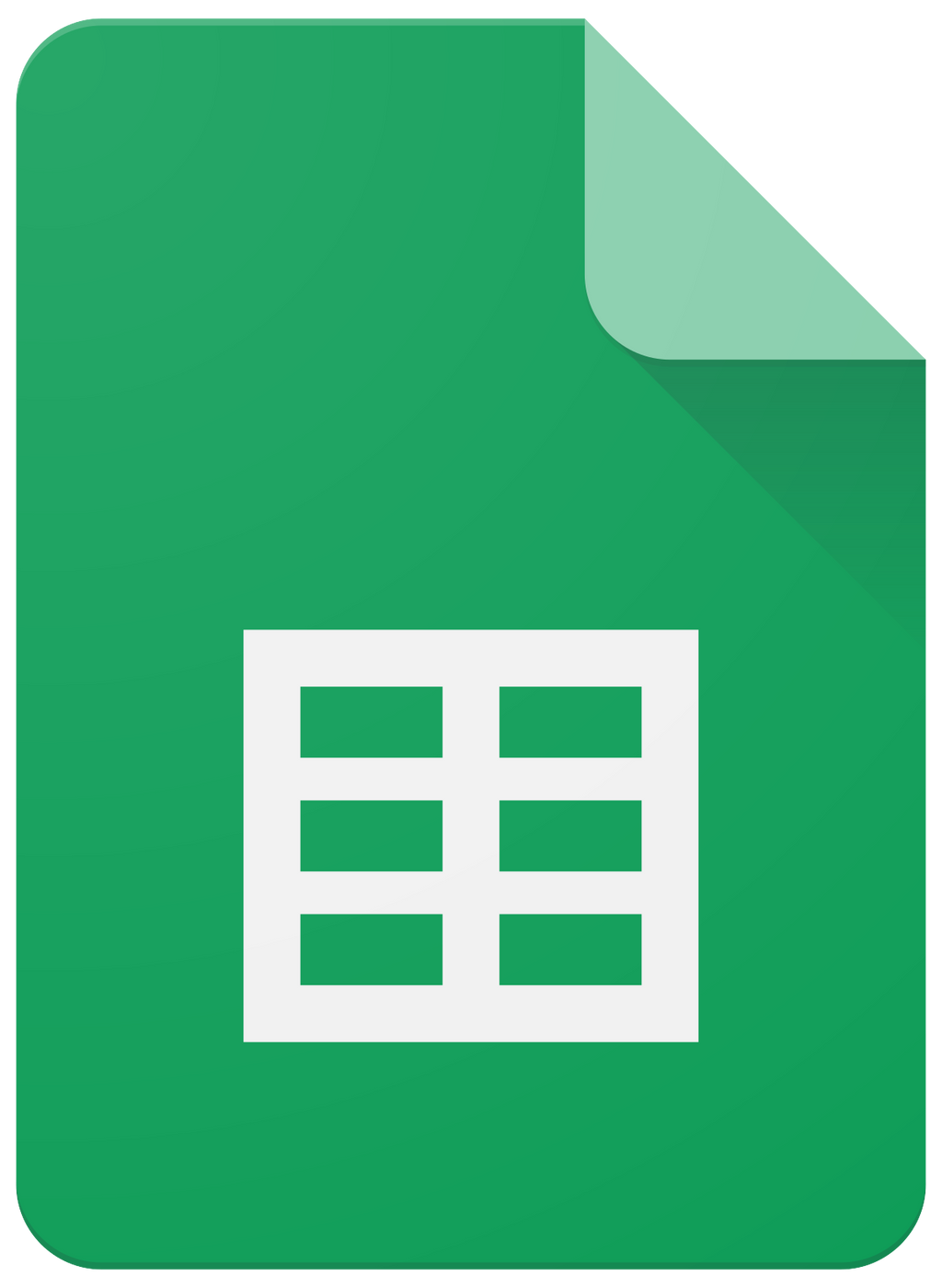
Google Sheets Add a Sheet Integration
$0.00
The Google Sheets API endpoint 'Add a Sheet' allows you to programmatically add a new sheet (also referred to as a "tab" or "worksheet") within an existing Google Sheets document. Using this feature, developers can manipulate spreadsheets to automate various tasks, which can streamline workflows and improve efficiency. Below, we'll delve into wh...
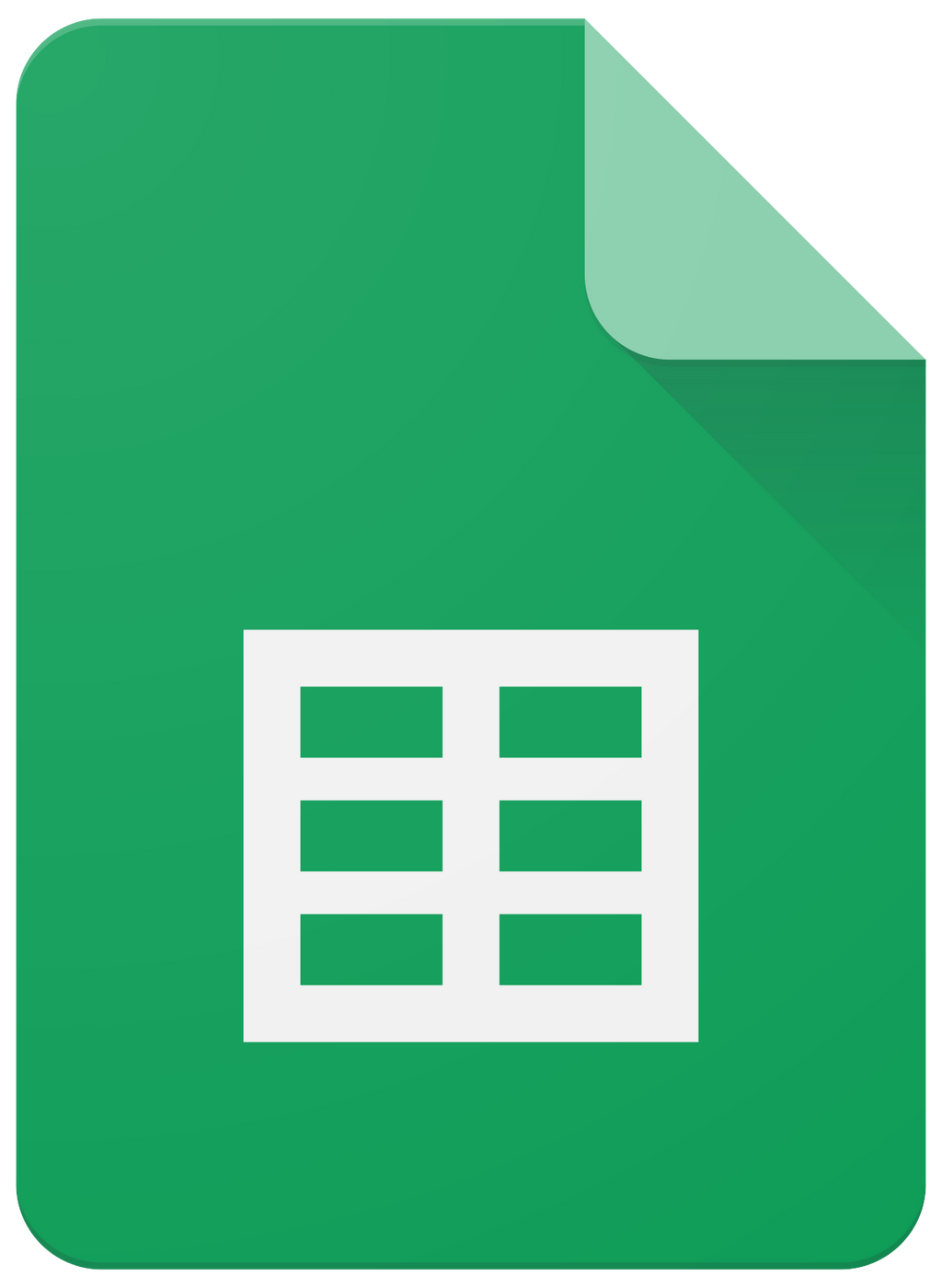
Google Sheets Add a Row Integration
$0.00
Utilizing the Google Sheets API "Add a Row" Endpoint The Google Sheets API provides the ability to programmatically interact with Google Sheets, enabling developers to create, access, and modify data in real-time within their spreadsheets. Specifically, the "Add a Row" endpoint is a critical feature within this API, designed to append new data ...
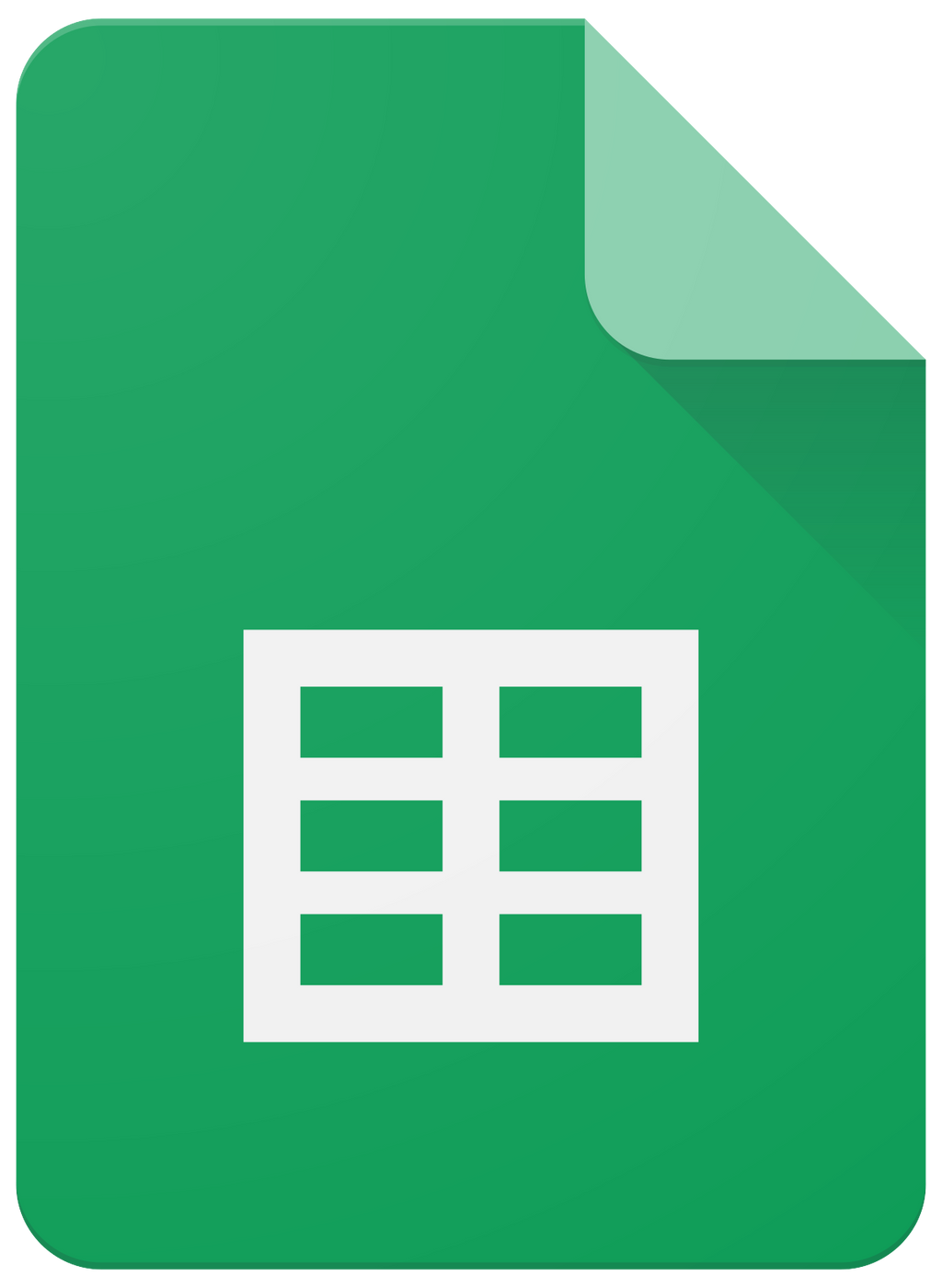
Google Sheets Add a Conditional Format Rule Integration
$0.00
The Add a Conditional Format Rule endpoint in the Google Sheets API allows programmers to create rules that apply formatting to cells based on certain conditions. By using this API endpoint, developers can automate the process of formatting cells in a spreadsheet, enhancing both the usefulness and readability of the data presented. Capabilities...
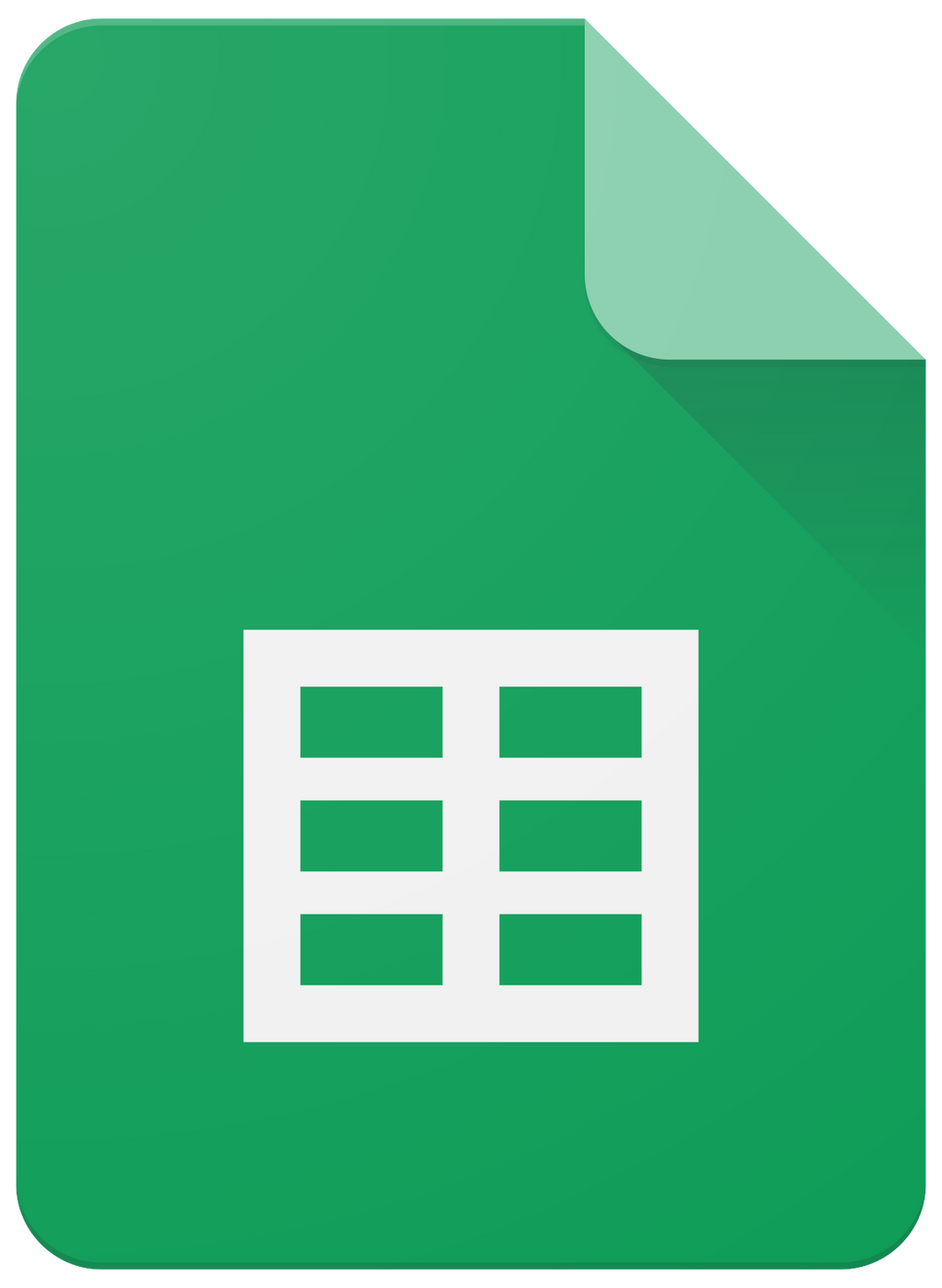
Google Sheets Perform a Function Integration
$0.00
Understanding the Google Sheets API Perform a Function Endpoint Google Sheets API offers a variety of endpoints to manipulate and interact with spreadsheets on Google Drive. Among these functionalities, the "Perform a Function" endpoint, although not formally named as such, refers to the ability to execute specific functions or formulae in a...
Collections
- 0CodeKit Integrations
- Accounting
- ACH Processing
- Active Campaign
- Ai Automations and Integrations
- Aircall
- All Integrations
- Annuities
- ATS
- Auto & Home
- BI and Analytics
- Brand Management
- Bullhorn Integration Endpoints
- Business Infrastructure
- Business Operations
- Business Retirement Plans
- Business Systems
- Card Access
- CCaaS
- Clio Integrations
- Cloud Services
- Connectivity, MPLS, Private Line
- Cost Reduction
- CPaaS/SIP
- Customer Relationship Management
- Data Center
- Developer Platforms
- Development
- E-Commerce
- E-Commerce Software
- eREIT
- Field Service Automations and Integrations
- Finance Automations and Integrations
- Financial
- Fire Alarm Systems
- Fleet Tracking
- FTP Hosting
- Gift Card & Loyalty
- Google Sheets
- Graphic Design
- Health
- Healthcare Software
- HR and HCM Automations and Integrations
- HR Software
- Human Resources
- Implemenation
- Insurance
- Integrate RingCentral With Monday.com
- Integrations
- International
- Intrusion Systems
- Investments
- Invoicing
- Invoicing and Contract Software
- Lead Generation
- Learning Management
- Legal
- Legal Services
- Long Term Care
- Managed Investments
- Managed Services
- Marketing
- Marketing
- Marketing Automations and Integrations
- Micro Funding
- Mobile Payments
- Mobility/IoT
- Monday.com Integrations
- Mutual Funds
- Other
- Others Software
- Outsourced Sales
- Pay Per Click
- Payment Processing
- Payroll
- Phone Systems
- Photography
- Pre-Paid Legal
- Print & Promotional
- Process Implementation
- Product Management
- Productivity
- Productivity & Efficiency Improvement
- Project Management
- Recuritment
- Recurring Payments
- RingCentral Integrations
- Sales Software
- Sales Training
- SD-WAN
- Search Engine Optimization
- Security
- Security and IT Management
- Security Systems
- Sling Scheduling Features
- SMS Communication
- Social Media
- Social Media Management
- Telecommunications Automations and Integrations
- Term Life
- Top Products
- Twilio Integrations
- UCaaS
- Video Conferencing
- Video Production
- Video Surveillance
- Web Development
- Web Hosting
- Webinar & Screen Sharing
- Workflow Training
- Zoho
- Zoho CRM Integrations
- Zoho Email & Collaboration
- Zoho Finance
- Zoho HR
- Zoho Legal
- Zoho Marketing
- Zoho Sales
- Zoho Service
- Zoho Suites
























